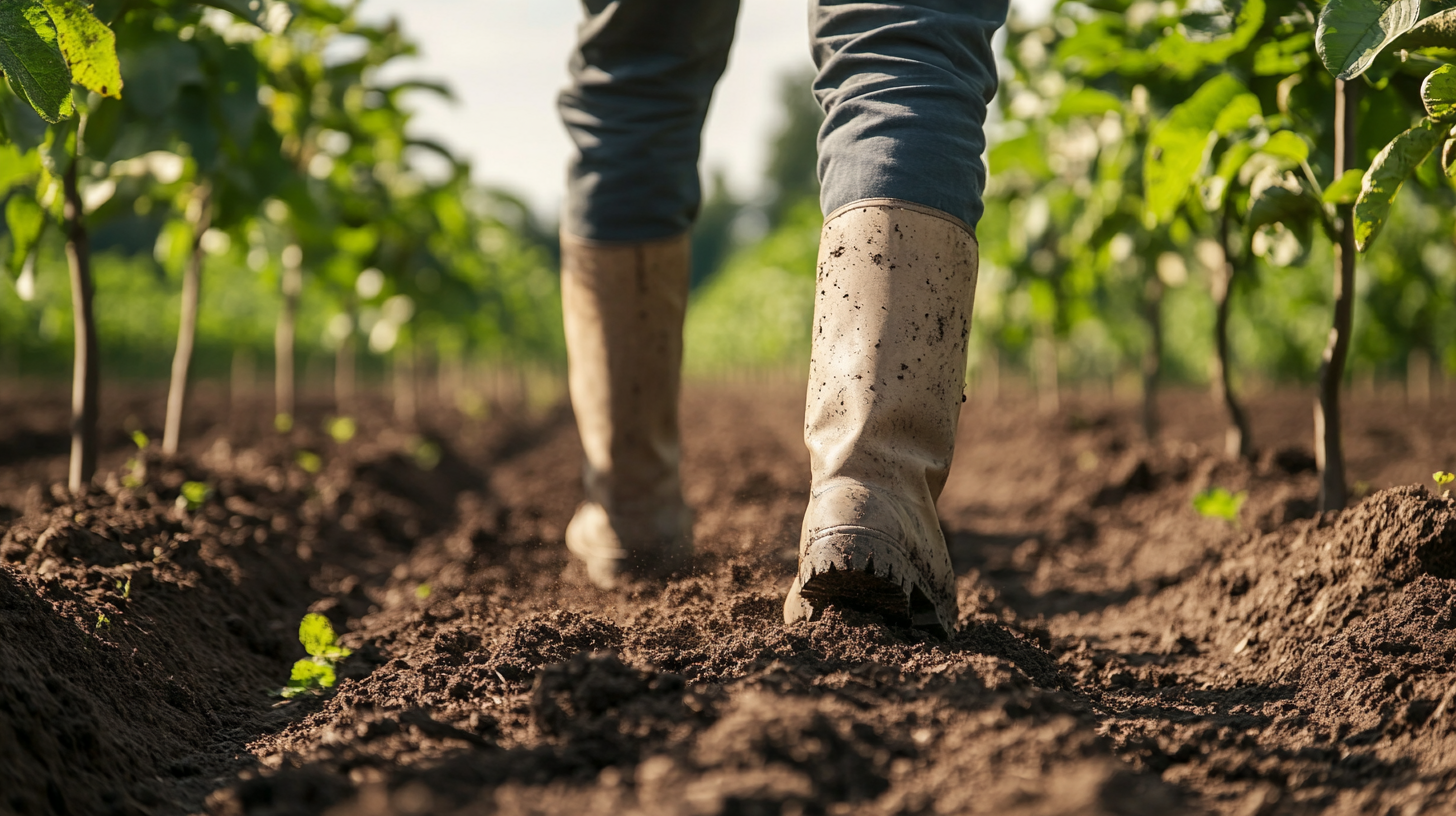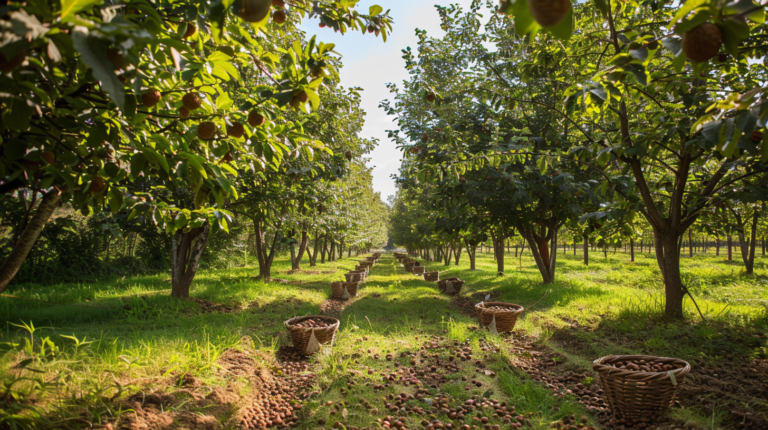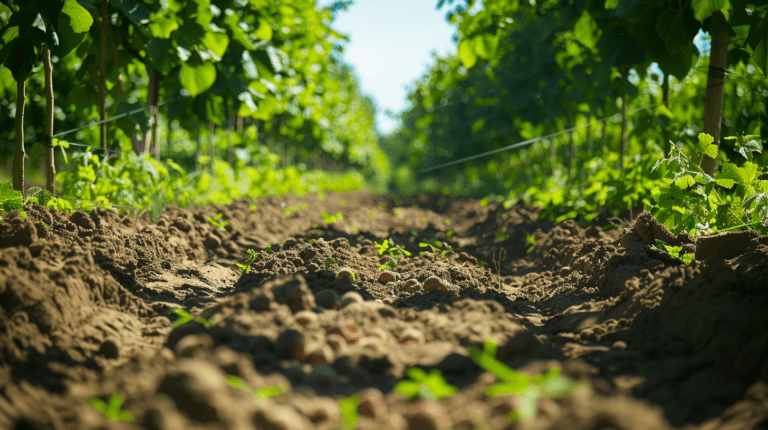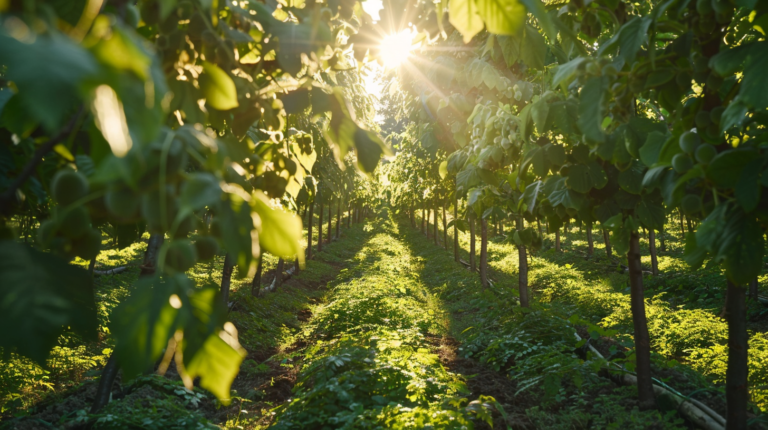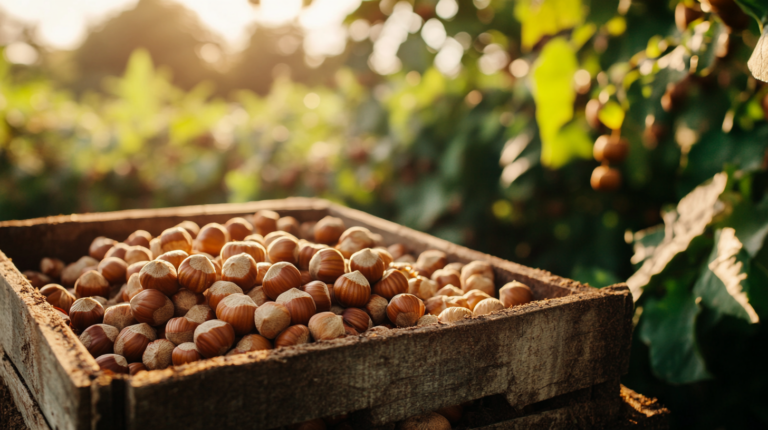Essential Guide to Successful Organic Hazelnut Farming Practices
Organic hazelnut farming has gained significant attention in recent years due to growing environmental concerns and increased consumer demand for sustainably produced foods. This comprehensive guide will explore the key aspects of organic hazelnut cultivation, from soil preparation to harvest, highlighting sustainable practices that promote both environmental stewardship and economic viability.
Understanding Organic Hazelnut Production
Organic hazelnut farming involves cultivating hazelnuts without the use of synthetic pesticides, herbicides, or fertilizers. Instead, it relies on natural methods to maintain soil fertility, manage pests, and promote plant health. This approach not only produces high-quality nuts but also contributes to biodiversity and soil conservation1.
Site Selection and Soil Preparation
Choosing the right location for your organic hazelnut orchard is crucial for success. Hazelnuts thrive in well-drained soils with a pH between 5 and 74. Before planting, it’s essential to prepare the soil properly:
- Conduct soil testing to determine nutrient levels and pH.
- Perform deep plowing (at least 70 cm deep) during summer months.
- Incorporate organic matter, such as compost or well-rotted manure, during plowing.
- Use subsoiling techniques to refine the soil surface4.
Planting Techniques
The best time to plant young hazelnut trees is early November, although spring planting is possible with irrigation. When planting:
- Dig holes 40 cm in diameter and depth.
- Mix finer soil with the existing soil to encourage root growth.
- Use a wooden stake to support and protect young plants.
- Space trees 6×5 or 6×4 meters apart to facilitate orchard management4.
Propagation Methods
The most common method for propagating hazelnut trees is through suckers from a mother plant. This process, typically carried out by certified nurseries, involves:
- Taking suckers from coppices.
- Rooting them in the nursery.
- Cutting back the sucker to about 30 cm to promote root development.
- Growing the plant for about two years before transferring to the open field4.
It’s crucial to source plants from reputable nurseries that offer certified, disease-free stock.
Organic Fertilization Practices
Maintaining soil fertility is key to successful organic hazelnut production. Sustainable fertilization methods include:
- Annual application of organic matter (e.g., worm humus or compost) around the base of trees.
- Use of green manure crops like vetch, wild peas, and oats to add nutrients and organic matter to the soil.
- Composting and reapplying hazelnut husks to the orchard.
- Utilizing NPK-containing commercial fertilizers licensed for organic agriculture when necessary24.
Irrigation Management
While hazelnuts are generally hardy, changing climate conditions may necessitate supplemental irrigation, especially for young trees. A surface drip system is an effective solution for water management in organic hazelnut orchards. Proper irrigation helps prevent vegetative imbalances, reduced growth, and decreased production due to water stress4.
Weed Management
Controlling weeds is crucial in organic hazelnut production. Effective weed management strategies include:
- Regular shallow hoeing or harrowing.
- Intercropping with low-growing grasses to maintain soil structure.
- Mulching around trees to suppress weed growth and conserve moisture4.
Pest and Disease Management
Organic hazelnut farming relies on integrated pest management (IPM) strategies to control pests and diseases without synthetic chemicals. Key practices include:
- Promoting biodiversity to encourage natural predators.
- Using organic-approved pest control products when necessary.
- Implementing proper sanitation practices to prevent disease spread.
- Selecting disease-resistant hazelnut varieties1.
Pruning and Training Systems
Proper pruning and training are essential for maintaining healthy, productive hazelnut trees. Common training systems include:
- Bush form
- Bushy vase
- Standard tree
Regular pruning helps maintain tree shape, improve air circulation, and enhance nut production4.

Harvesting and Post-Harvest Handling
Organic hazelnut harvesting typically occurs in late summer or early fall. Key considerations for harvesting and post-harvest handling include:
- Harvesting nuts promptly to maintain quality and prevent pest infestations.
- Proper cleaning and drying of nuts to prevent mold growth.
- Ensuring all equipment and storage facilities meet organic certification standards3.
Traceability and Certification
Achieving and maintaining organic certification is crucial for market access and consumer trust. Important aspects include:
- Implementing a robust traceability system from farm to factory.
- Adhering to organic standards set by certifying bodies.
- Maintaining detailed records of all farming practices and inputs3.
Economic Sustainability
Organic hazelnut production can offer economic advantages over conventional methods. Research has shown that organic hazelnut producers often have:
- Higher income from both agricultural and non-agricultural sources.
- Greater access to credit.
- More diversified product offerings1.
However, challenges such as dependency on foreign markets and contract companies due to limited domestic market opportunities can threaten sustainability. To address this, farmers should consider diversifying their agricultural products beyond hazelnut monoculture1.
Environmental Benefits
Organic hazelnut farming contributes significantly to environmental sustainability by:
- Promoting biodiversity through diverse farming practices.
- Reducing chemical runoff and soil erosion.
- Enhancing soil health through organic matter incorporation.
- Minimizing the carbon footprint associated with synthetic input production and application1.
Social Aspects of Organic Hazelnut Farming
Organic hazelnut production often has positive social impacts, including:
- Higher levels of formal education among organic producers.
- Greater use of diverse information sources.
- Increased awareness of sustainable agricultural practices1.
However, it’s crucial to address social challenges, particularly in regions like Turkey, where issues such as child labor in hazelnut harvesting persist. Initiatives by companies like Ferrero aim to improve social practices and promote children’s rights in hazelnut farming communities3.
Future Directions and Research
Ongoing research and development in organic hazelnut farming focus on:
- Improving hazelnut quality and productivity through sustainable practices.
- Enhancing water usage optimization techniques.
- Developing new hazelnut varieties suited for organic production.
- Exploring innovative pest management strategies3.
Conclusion
Organic hazelnut farming represents a sustainable and economically viable approach to nut production. By embracing natural farming methods, producers can cultivate high-quality hazelnuts while contributing to environmental conservation and social responsibility. As consumer demand for organic products continues to grow, the future of organic hazelnut farming looks promising, offering opportunities for farmers to thrive while stewarding the land for future generations.
Sources:
[1] https://www.ishs.org/ishs-article/1226_66
[2] https://pdfs.semanticscholar.org/7d0a/ba6a1893a3cea8cf584784ad365d31b66cc3.pdf
[3] https://www.ferrero.com/au/en/people-planet/source-our-ingredients-sustainably/hazelnuts
[4] https://biogrow.blog/hazelnut-tree/
[5] https://www.onecert.com/Documents/OneCert_Standards.pdf
[6] https://www.sciencedirect.com/science/article/abs/pii/S0048969722011998
[7] https://agrifoodscience.com/index.php/TURJAF/article/view/5923/2910
[8] https://www2.gov.bc.ca/gov/content/industry/agriservice-bc/production-guides/hazelnuts/organic-hazelnut-production
[9] https://agrifoodscience.com/index.php/TURJAF/article/view/5923
